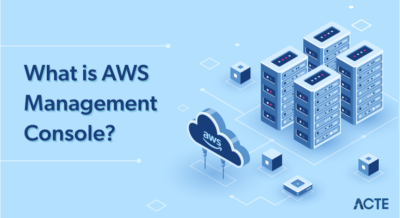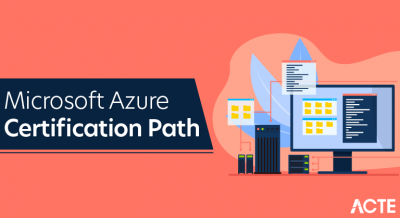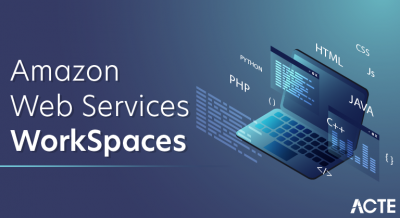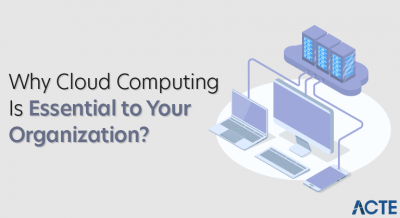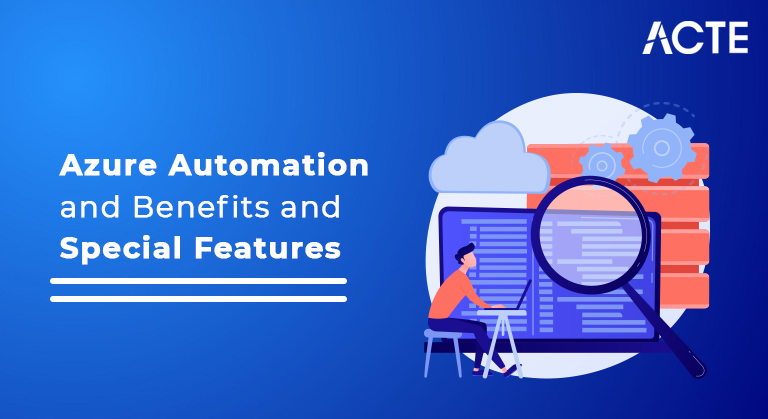
Azure Automation delivers a cloud-based automation, operating system updates, and configuration service that supports consistent management across your Azure and non-Azure environments. It includes process automation, configuration management, update management, shared capabilities, and heterogeneous features.
- What is Azure Automation?
- What is Azure Runbook?
- How Azure Automation Works For An Enterprise?
- What Are The Benefits Of Azure Automation?
- What Is The Special Feature Of Azure Automation?
- Why Azure Automation Is Important?
- What are Other Automation Tools Similar To Azure Automation?
- Configuration Managemen
- Shared resources
- Conclusion
- Automation is the technique of using machines to perform a task that was previously done by humans. Automating a task or process that is repeated over and over again helps in minimising human intervention. It helps in increasing output, reducing operating cost and improving ROI.
- Azure Automation is a cost-effective cloud-based automation platform. It provides a comprehensive automation service that enables you to automate tasks that might otherwise take up valuable time of an IT personnel.
- Based and built on PowerShell workflow, it is compatible with multiple vendors, cloud platforms and on-premises systems. Azure Automation can also be configured to interact with and automate on-premises infrastructure. The component that enables this feature is called Azure Hybrid RunBook Worker.
- Azure Automation provides a cloud-based automation, operating system update and configuration service that supports consistent management across your Azure and non-Azure environments. This includes process automation, configuration management, update management, shared capabilities, and heterogeneous features.
- There are several Azure services that can meet the above requirements, where each service includes a set of capabilities and acts as a programmable platform for building cloud solutions. For example, Azure Bicep and Resource Manager provide a language for developing repeatable and consistent deployment templates for Azure resources. Azure Automation can process that template to deploy an Azure resource and then process a set of configuration tasks after deployment.
- Automation gives you complete control during the deployment, operation, and decommissioning of enterprise workloads and resources.
What is Azure Automation?
There are three broad areas of cloud operations that require automation:
Deployment and Management – Deliver repeatable and consistent infrastructure in the form of code.
Feedback – Build event-based automation to diagnose and solve problems.
Orchestrate – Orchestrate and integrate your automation with other Azure or third party services and products.
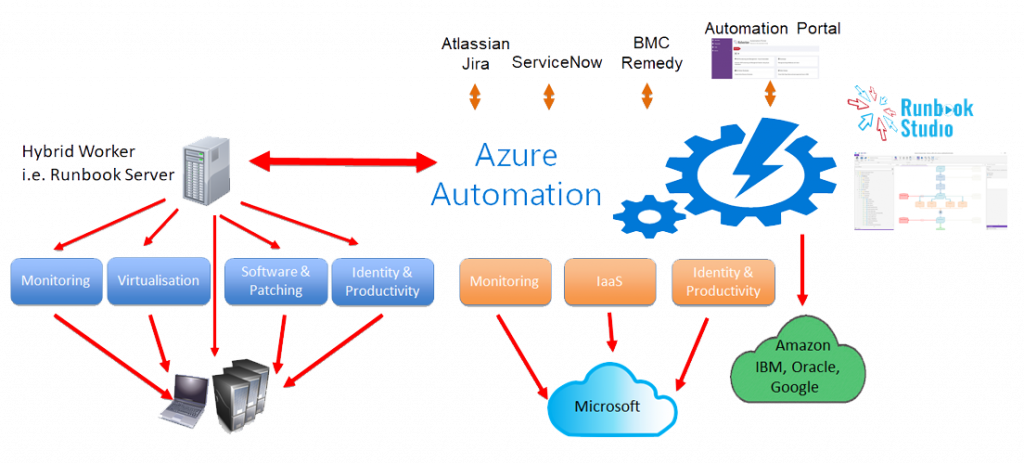
- Process automation in Azure Automation allows you to automate frequent, time-consuming and error-prone management tasks. This service helps you focus on the task that adds business value. By reducing errors and increasing efficiency, it also helps reduce your operating costs. The process automation operating environment is detailed in Runbook Execution in Azure Automation.
- Process automation supports the integration of Azure services and other third party systems as needed to deploy, configure and manage your end-to-end processes. The service allows you to write graphical, PowerShell and Python runbooks. To run RunBooks on a Windows or Linux machine, or to manage those local resources against resources in an on-premises or other cloud environment, you can deploy a hybrid RunBook worker on the machine.
- Webhooks lets you fulfil requests and ensure continuous delivery and operation by triggering automation from Azure Logic Apps, Azure Functions, ITSM product or service, DevOps and monitoring systems.
What is Azure Runbook?
A runbook is a compilation of routine IT procedures and operations typically required by administrators. Azure Runbooks run on the Azure cloud platform, but they do not have access to on-premises resources. Azure Automation’s Hybrid RunBook worker feature allows you to run RunBooks directly on the computer hosting the role. Hybrid runbooks interact with local resources in the environment and are stored and managed in Azure Automation. They are delivered to one or more designated hybrid worker computers over the Internet in a cloud environment, over a VPN, or in on-premises devices.
Process automation:
How Azure Automation Works For An Enterprise?
Azure Automation Tools virtualizes enterprise infrastructure. Allowing them to streamline their IT related workloads, reduce manual attention, automate backup and recovery systems. The most important function is to adjust the scalability according to usage. Adjusting the environment to a reduced workload during the holidays is one of the simplest Azure automation examples.
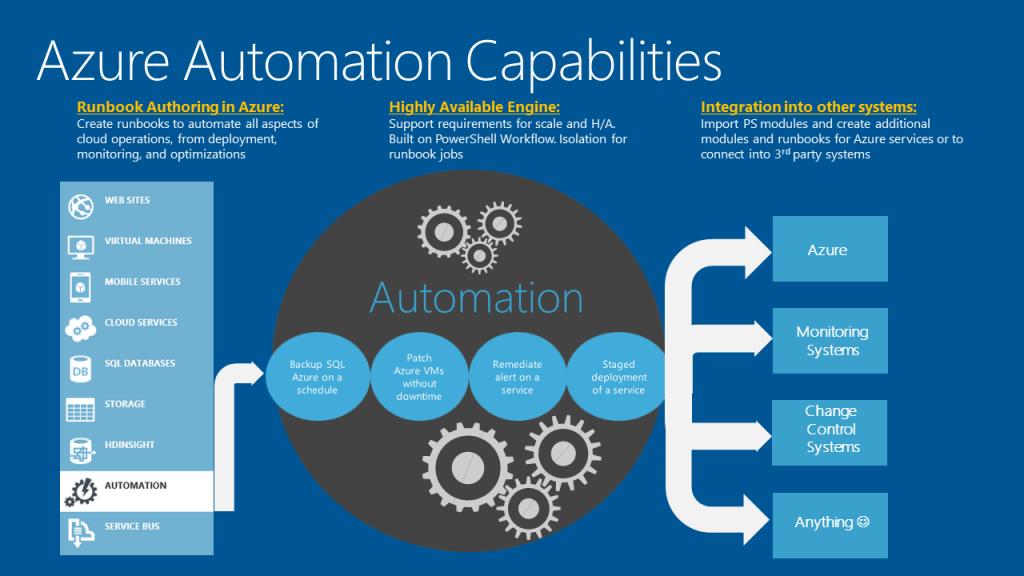
- It integrates with other systems or existing systems by building PowerShell integration modules.
- A flexible workflow accelerates the process.
- It improves reliability in service between different equipment, systems and departments.
- It reduces manual activities in detecting errors and corrections
What Are The Benefits Of Azure Automation?
Azure Automation Service simplifies cloud management and automation by customising your existing investments and integration skills. Some of the benefits of Azure Automation are:
Reduces Cost: Your routine and time-consuming cloud management tasks are often error-prone. Azure Automation helps reduce errors and increase efficiency with Windows Azure to help you reduce operating costs and save time.
Optimised workflows: Azure Automation allows you to leverage existing workflows or customise them to design your own workflows. You can monitor and maintain Azure resources and also build and deploy your runbooks as needed. With some Azure Automation Tutorials, you can easily create different types of Runbooks including Graphical, PowerShell and Python.
Integration: Azure Automation works seamlessly with websites, VMs, servers, storage, and other Azure services. It may also be used with any third-party applications, service offerings or public Internet APIs.
Reliable service: Azure efficiently handles systems, tools and departments improving your performance and saving time
- It integrates with other systems or existing systems by building PowerShell integration modules.
- This flexible workflow accelerates the process.
- It improves reliability in service between different equipment, systems and departments.
- It reduces manual activities in detecting errors and corrections.
- RunBook is a special feature of Azure Automation. It helps in automating tasks that are time-consuming, require time to run and execute, and are prone to frequent errors.
- Graphical authoring is another special feature of Azure Automation that allows you to add activities from libraries that are already in RunBook and link them to create workflows. One doesn’t need to write any complicated powershell scripts.
What Is The Special Feature Of Azure Automation?
Microsoft Azure Automation is developed to be a simple and fast cloud platform. It is loaded with important features such as:
In addition to the above Azure Automation features, the service also provides:
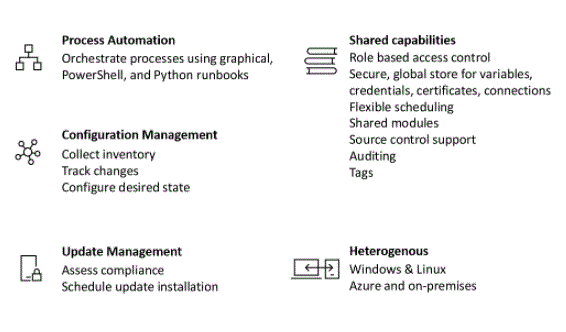
Why Azure Automation Is Important?
Manual errors and manual dependencies are reduced:
Azure automation technology is used by enterprises that have multiple organisational setups in different countries. They require regular hardware and software maintenance as well as a huge network. Therefore, these organisations need to recruit professionals to take care of their systems continuously and manually. This adds to the potential for human errors and other problems arising from manual dependence. Automation reduces the need to recruit humans for the process. So, instead of hiring 100 testers for maintenance projects, they can hire 45-50 testers just to see the alerts. It is making organisations spend less on manpower.
Information is more secure and comprehensive:
Processes, reports and information/data are protected through automated backup and recovery methods. Hence, in case of an unforeseen disaster, the data can be easily recovered. Role-based access ensures that information is under the control of a trusted person.
Automatic patching of virtual machines:
Azure Virtual Machines can provide high availability of data with self-healing (auto-service), failure-alert systems, geo-replication and disaster recovery mechanisms with high availability of data.
But, it has some limitations:
Geo-replication systems do not support data and log files across multiple storage disks are the main limitations of Azure Automation. Geo-replication system is a concept designed to improve data in distributed networks. But, if we configure a database in Azure Storage Disk during the recovery process, if we want data files and log files, it limits us from write-ahead log in SQL and thus ACID properties of SQL violate.
- Service Management Automation (SMA) is another automation tool similar to Azure but SMA does not have a graphical runbook. System Centre 2012 Orchestrator is primarily intended for automation of on-premises resources.
- Azure Arc-enabled servers simplify the onboarding of hybrid machines for management, change tracking and inventory, and update the Hybrid Runbook worker role. Azure Alert Action Groups can start an automation runbook when an alert is raised.
- Azure Monitor to collect metrics and log data from your automation account to process further analysis and telemetry. Update management and automation features such as Change Tracking and Inventory rely on Log Analytics Workspaces to deliver elements of their functionality.
- Azure Policy includes initiative definitions to help you establish and maintain compliance with various security standards for your Automation account. Azure Site Recovery can use the Azure Automation Runbook to automate recovery plans.
What are Other Automation Tools Similar To Azure Automation?
- Change tracking and inventory
- Azure Automation Status Configuration
Configuration Management:
Configuration management in Azure Automation is supported by two capabilities:
Change tracking and inventory
Change Tracking and Inventory combines functions to allow you to track Linux and Windows virtual machine and server infrastructure changes. The Service supports change tracking of services, daemons, software, registry and files in your environment to help you diagnose unwanted changes and raise alerts. Inventory support allows you to query in-guest resources for visibility into installed applications and other configuration items. For details on this feature, see Tracking and changing inventory.
Azure Automation Status Configuration:
Azure Automation State Configuration PowerShell is a cloud-based utility for Desired State Configuration (DSC) that provides services for enterprise environments. Using this feature, you can manage your DSC resources in Azure Automation and apply configuration to virtual or physical machines from DSC bridge servers in the Azure cloud.
Shared resources:
Azure Automation consists of a set of shared resources that make it easy to automate and configure your environment at scale.
Schedules – Trigger automation operations at predefined times.
Module – Manage Azure and other systems. You can import modules into Automation accounts for Microsoft, third-party, community, and custom-defined cmdlets and DSC resources.
Module Gallery – Supports native integration with PowerShell Gallery to let you view runbooks and import them into an automation account. Gallery allows you to quickly get started with integrating and writing your own processes from PowerShell Gallery and Microsoft Script Centre.
Python 2 and 3 Packages – Support Python 2 and 3 runbooks for your automation account.
Credentials – Securely store sensitive information that runbooks and configurations can access at runtime.
Connection – Store name-value pairs of information common to the connection to the system. The module author defines the connection in the runbook and configuration for use at runtime.
Certificate – Define the information used in authentication and security of deployed resources when accessed by runbook or DSC configuration at runtime.
Variables – hold content that can be used in runbooks and configurations. You can change variable values without modifying any runbooks or configurations that reference them.
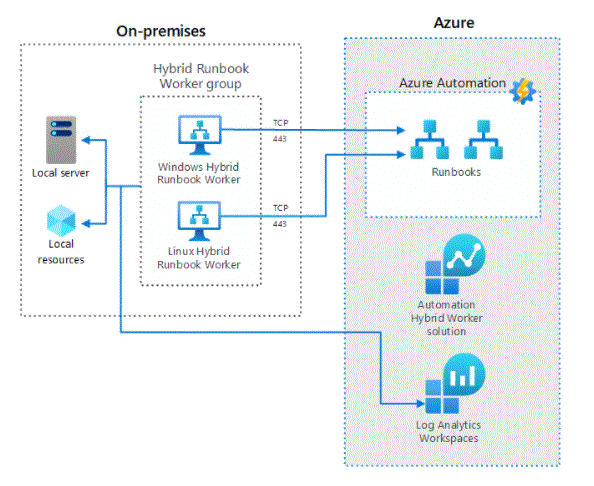
Conclusion:
Azure Automation is a Software as a Service (SAS) that provides a scalable and reliable automation process for all IT related tasks in an organisation. It allows multiple user access and manages configuration changes from Windows to Linux. Organisations can standardise common processes, and reduce error-prone manual activities, by using automation in Azure.

